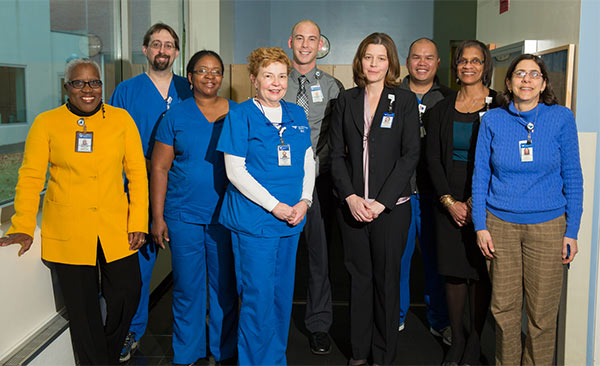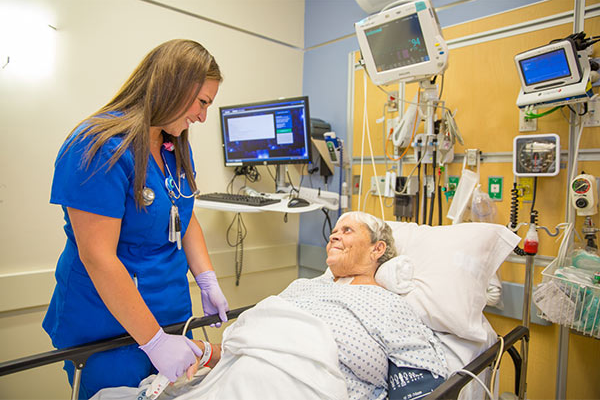Safety Quality and Operational Improvement
Despite the challenges of a rapidly evolving and increasingly difficult healthcare climate, Yale New Haven remained focused on maintaining a safe environment and providing the highest level of clinical quality and patient experience throughout 2014.
Following a year of intense preparation on both inpatient campuses and ambulatory sites, YNHH earned full accreditation from the Joint Commission.

Also, as part of the ongoing effort to continuously improve performance, the Hospital developed 12 multidisciplinary charter teams to improve performance in key patient safety and clinical quality areas and ensure regulatory readiness. In addition, physicians and nurse leaders throughout the Hospital formed enhanced partnerships to focus on improving the quality and safety of the patient experience.
Yale New Haven Health System made the commitment to pursue recognition as a High Reliability Organization (HRO), an initiative that aims to reduce significantly incidents of preventable harm. Yale New Haven Hospital invested more than 50,000 hours in training 13,000 employees and 2,000 physicians in safety principles as part of YNHH’s commitment to this critical work.

Given the important relationship between hand hygiene and certain infection rates, the Hospital improved its hand hygiene performance to 94 percent compliance. The rates of central line-associated blood stream infections (CLABSI) and catheter-associated urinary tract infections (CAUTI) declined. The time that patients were in the Emergency Department before being admitted was reduced. Ongoing initiatives, including the daily morning safety report and the “Great Catch” program, resulted in numerous other clinical and operational process improvements.
The Epic patient care information system – fully implemented throughout the Hospital, ambulatory sites and numerous community practices – continued to support patient safety by allowing the electronic sharing of patient records and computerized orders for medication, tests and treatments. With improved patient identification procedures, including Epic’s bar coding technology for patient identification, the Hospital reduced laboratory errors by 50 percent.


